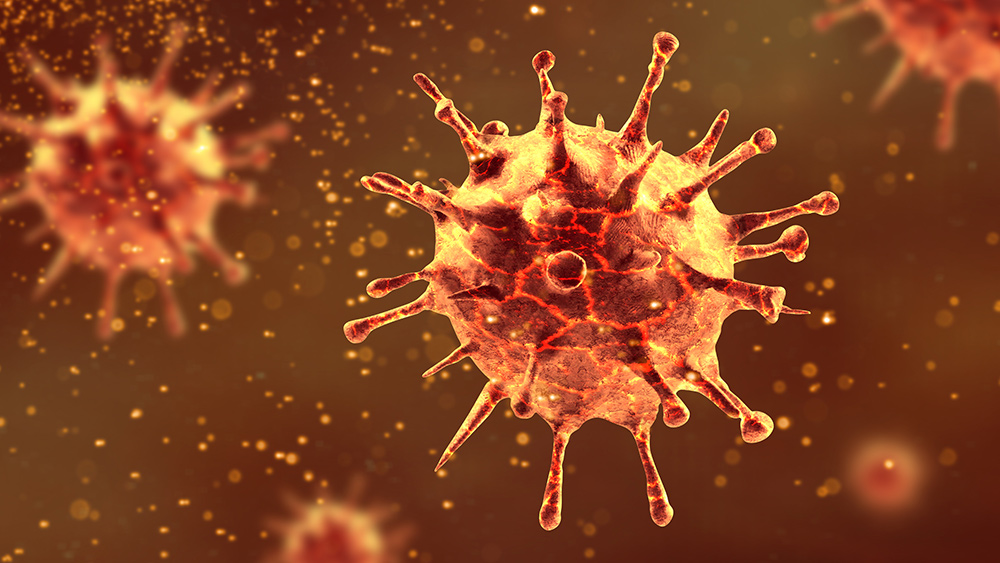
For Benjamin tenOever, a virus expert at Mount Sinai and the senior author of the study, this behavior is something he has not seen in his 20 years of studying viruses. Other viruses, like the flu virus and the original SARS virus, interfere with two sets of genes in the body's immune response: The one that prevents viruses from replicating and the other that recruits immune cells to the infection site to kill viruses.
The first group of genes, which tenOever dubs “call to arms genes,” produces interferons, which are proteins that interfere with the virus's ability to replicate. These proteins are important modulators of the immune response. Once interferons are released, they serve as a signal to nearby cells to activate their own genes. This slows down the virus's ability to make copies of itself if it invades them. According to tenOever, this process lasts anywhere between seven to 10 days, which is plenty of time for the second group of genes to do their job.
The second group of genes produces chemokines, which are small proteins that emit a biochemical “come here!” alarm. TenOever calls these “call for reinforcement” genes, on account that other immune cells – like the antibody-making B cells and the virus-killing T cells – rush to chemokine sources once they sense the alarm.
“Most other viruses interfere with some aspect of both the call to arms and the call for reinforcements,” tenOever added. “If they didn’t, no one would ever get a viral illness.”
SARS-CoV-2, however, behaves differently. It prevents the first group of genes from producing interferons that can slow its replication but allows the second group of genes to secrete chemokines. This not only allows the virus to multiply unchecked, but it also causes immune cells to flood the lungs. The result is a storm of inflammatory molecules in the affected organ, which tenOever calls a unique and aberrant consequence of SARS-CoV-2.
When your immunity turns against you
TenOever and his team examined healthy lung cells growing in lab dishes, ferrets (which they called an appropriate animal model for SARS-CoV-2 infections) and lung cells from coronavirus patients. Within three days of infection, the team found a mild response from the “call to arms” genes that inhibit replication and a large introduction of the “call for reinforcement” genes.
“Basically people are contracting the disease, SARS-CoV-2 enters the lungs and it begins to replicate and, at that site of replication, those cells that are infected, they don't do a good job of spreading the word about their infection which allows it to essentially fester in the lungs,” tenOever explained.
Without interferons, the virus is free to infect other cells and replicate much faster, all while cells in the area continue to call for reinforcements. But by the time the reinforcements arrive, the virus has grown out of control. The presence of large amounts of immune cells, on the other hand, triggers uncontrolled levels of inflammation, which does nothing but induce more inflammation.
This could explain why people with COVID-19 experience “cytokine storms” in which the body attacks its own cells and tissues instead of just the virus. (Related: Study: Vitamin D deficiency found to increase the risk of fatal coronavirus infections and a deadly “cytokine storm.”)
According to tenOever, their findings point to two methods of treatment. For patients who have just started developing symptoms, he says that therapy should focus on inducing the missing “call to arms” genes, so the virus can behave similarly to that of the flu. But for those with severe symptoms, he says that reducing inflammation and the risk of cytokine storms will be beneficial.
TenOever and his team's findings were published last week in the journal Cell.
Pandemic.news has the latest on the ongoing coronavirus outbreak.
Sources include:
Please contact us for more information.























